The toothpick – a small, unassuming tool – has been a part of human history for thousands of years. Though we often take it for granted, the toothpick’s evolution mirrors the progress of civilization itself. From prehistoric dental hygiene to fine dining etiquette, this tiny implement has had a surprisingly significant impact. Join us as we delve into ten fascinating facts about the toothpick, exploring its journey through time and across cultures as well as taking a look at some amazing sculptures by the artist Steven Backman who loves making things from toothpicks.

Fact 1: The Earliest Toothpicks
Toothpicks date back to prehistoric times, with evidence suggesting that early humans used natural materials like twigs and animal bones to clean their teeth. Archaeologists have even discovered markings on ancient teeth that point to the use of primitive tools. These early toothpicks served a dual purpose – maintaining dental hygiene and alleviating discomfort caused by trapped food.
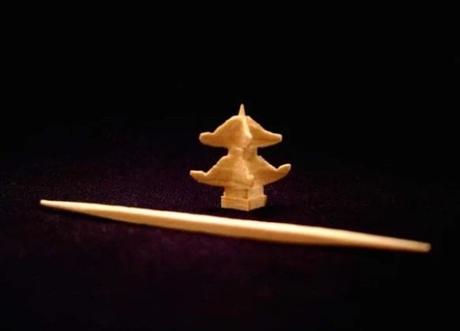
Fact 2: Toothpicks in Ancient Civilisations
In ancient Egypt, Greece, and Rome, toothpicks were not only functional but also symbolic. Wealthy individuals used toothpicks made of precious materials such as gold, silver, and ivory to demonstrate their social status. The Romans, in particular, were known to carry ornate toothpicks as a mark of refinement, showing that even then, appearances mattered!
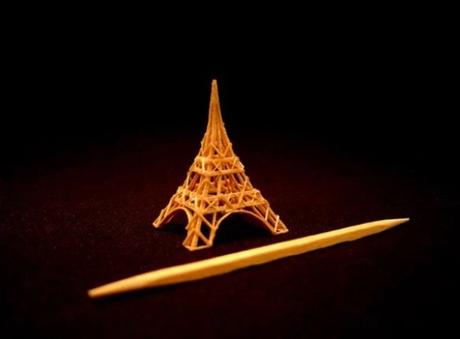
Fact 3: Toothpicks as a Sign of Refinement
By the medieval period, toothpicks became a symbol of sophistication across Europe. Royals and nobles commissioned artisans to create elaborate toothpicks adorned with intricate designs. These bespoke pieces were often gifted among the elite, further cementing the toothpick’s association with affluence and good manners.

Fact 4: The Birth of the Modern Toothpick
The modern toothpick owes much of its popularity to Charles Forster, an American entrepreneur who introduced mass-produced wooden toothpicks in the 19th century. Forster used clever marketing tactics, such as hiring individuals to request toothpicks at restaurants, thereby creating demand for his product. This industrial innovation made toothpicks affordable and accessible to the masses.
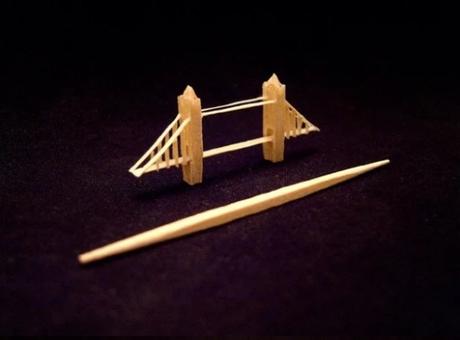
Fact 5: Toothpicks in Global Dining Etiquette
Toothpicks are a staple of dining etiquette in many cultures. In Japan, for instance, they are discreetly offered after meals and often come with a paper wrapping for hygiene. In parts of the Middle East and South Asia, toothpicks made of aromatic wood, such as neem or miswak, have been used for centuries as natural breath fresheners and antibacterial tools.

Fact 6: Toothpicks in Art and Crafts
Beyond their functional purpose, toothpicks have inspired creativity. Artists around the world have used them to create intricate sculptures and architectural models. Notable works include miniature replicas of famous landmarks and detailed portraits, all crafted from thousands of tiny toothpicks. These artistic endeavours showcase the versatility of this humble tool.
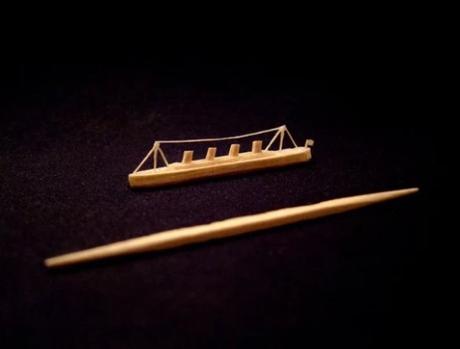
Fact 7: Unusual Materials for Toothpicks
Toothpicks have been crafted from a wide variety of materials over the centuries. Luxury toothpicks made from gold, ivory, and even jade were once popular among aristocrats. In modern times, eco-friendly alternatives like bamboo and biodegradable materials are gaining traction, reflecting a growing awareness of sustainability.
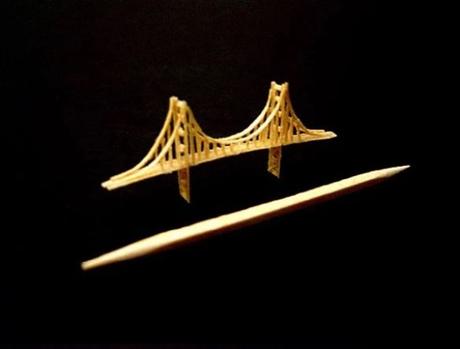
Fact 8: Toothpicks in Popular Culture
Toothpicks have found their way into popular culture, often serving as symbols of nonchalance or style. Iconic film characters, from cowboys in Westerns to slick detectives, are often depicted with a toothpick dangling from their lips. This small accessory can convey personality and attitude, proving that even the simplest objects can carry cultural weight.
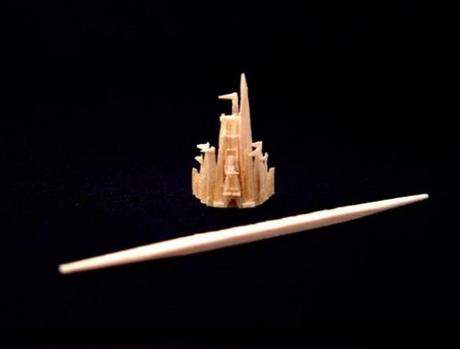
Fact 9: Beyond Teeth – Practical Uses of Toothpicks
The usefulness of toothpicks extends far beyond dental care. They are indispensable in baking (think of testing whether a cake is done), crafting, and cleaning small crevices. Toothpicks have even been used in scientific experiments and as tools for precision work in various fields, highlighting their adaptability and utility.
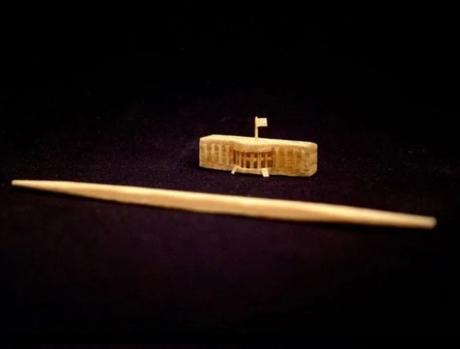
Fact 10: The Future of Toothpicks
As sustainability becomes increasingly important, the future of toothpicks lies in innovation. Biodegradable materials, flavoured varieties, and reusable options are growing in popularity. These advancements ensure that the toothpick will continue to serve its purpose while aligning with modern environmental values.
The journey of the toothpick, from prehistoric times to contemporary dining tables, is as fascinating as it is unexpected. This tiny tool has served practical needs and reflected cultural values and human ingenuity. Next time you reach for a toothpick, take a moment to appreciate its remarkable history – proof that even the smallest objects can leave a big impression.
Did you enjoy discovering the story of the toothpick? Share your favorite fact in the comments or tell us how you use toothpicks in creative ways. And don’t forget to subscribe for more quirky insights into everyday objects!

